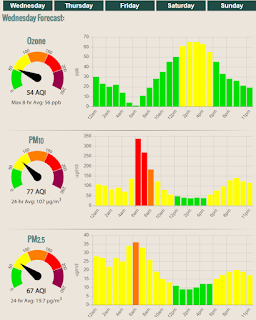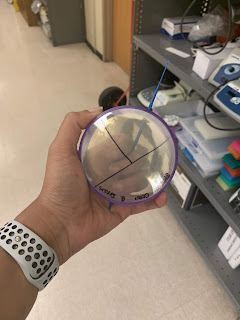Week 11/1
I started a research project in my Statistics class in
relation to air quality and COVID. I am working with a team, but we are looking
for a great research question to do? I was thinking of the altitude of where
the air comes from and how the pollutes play a role in the air quality we are getting
when wearing a mask to protect us from COVID. Arizona itself has a very high
pollute count which makes our air quality deficient than other states. On another
note, my bee project is moving along. I not only had begun to create my
variable table, but I have also gotten the methods section down. I also learned
that the stinger bees are more widely spread than the stingless bees in America.
Stingless bees can be found in most tropical or subtropical regions of the
world, such as Australia, Africa, Southeast Asia, and tropical America. Which
means central and South America. Most people in America will confuse the bee
with wasp or other cousins of the bee. Therefore, the study is rare in our country.
The 500 species of stingless bees also collect nectar, which they store in an
extension of their gut called a crop. Back at the hive, the bees ripen or
dehydrate the nectar droplets by spinning them inside their mouthparts until
honey is formed. Ripening concentrates the nectar and increases the sugar
content, though it is not nearly as concentrated as the honey from true
honeybees. It is much thinner in consistency and more prone to spoiling. Unlike
a hive of commercial honeybees, which can produce 75 kilograms of honey a year,
a hive of stingless bees produces less than one kilogram. Stingless Bees
produce a different tasting honey which is a mix of sweet and sour with a hint
of lemon. The taste comes from plant resins which the bees use to build their
hives and honey pots and varies depending on the flowers and trees visited.




That statistic project sounds great, is that for credit? Also I would totally
ReplyDeletethink that some of those stingless bees were wasps, or some fly/wasp hybrids lol. Great work!
I wish you luck with your statistics class. I was able to see the projects from students last year and they turned out quite well and they all appreciated the opportunity to translate what they had learned into an applied project.
ReplyDelete